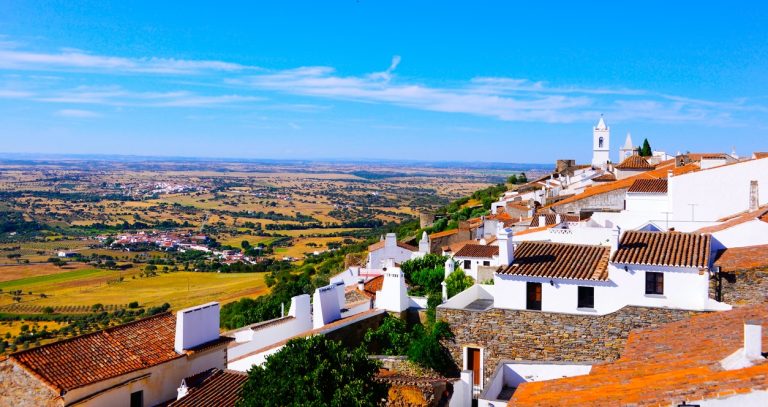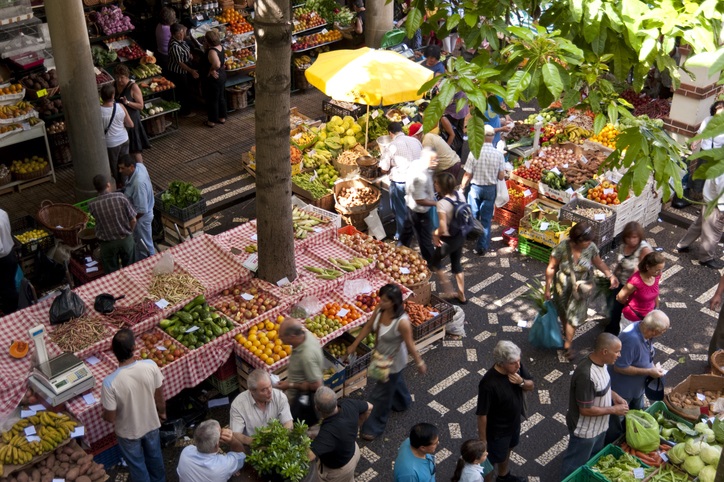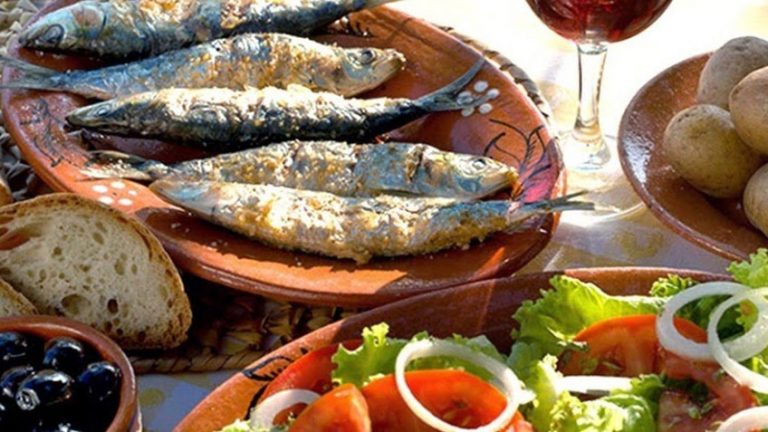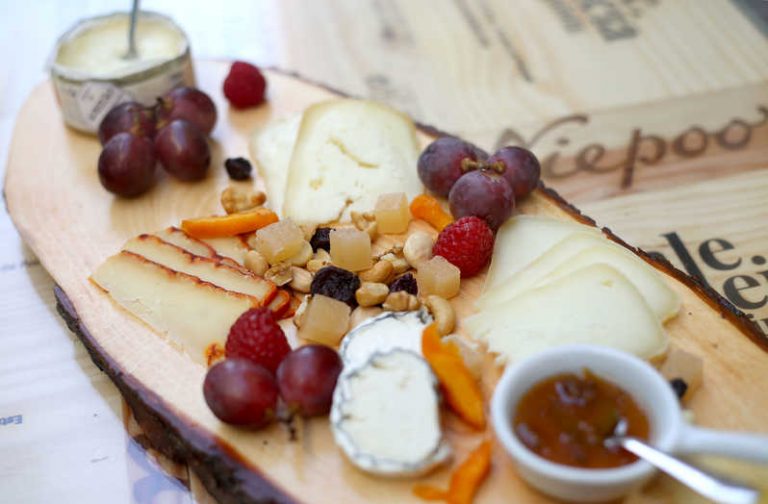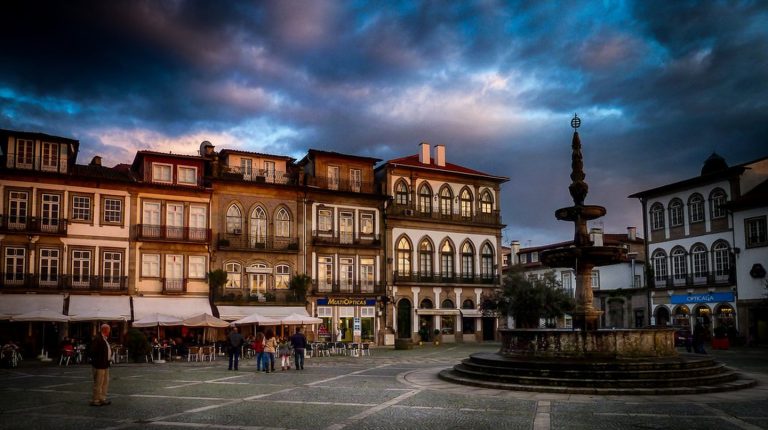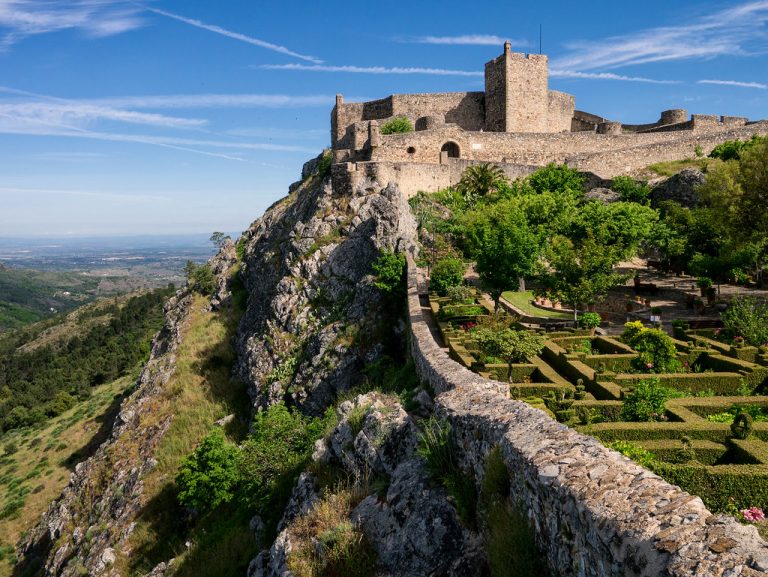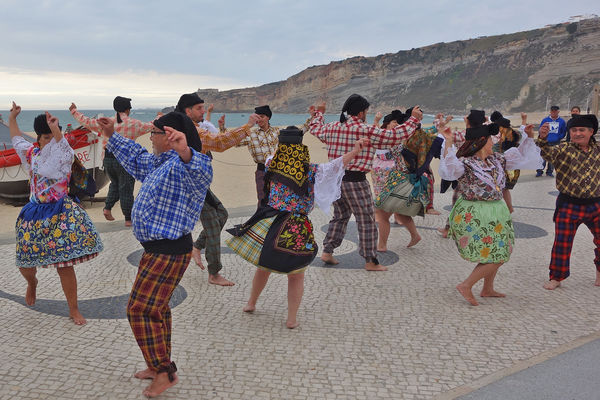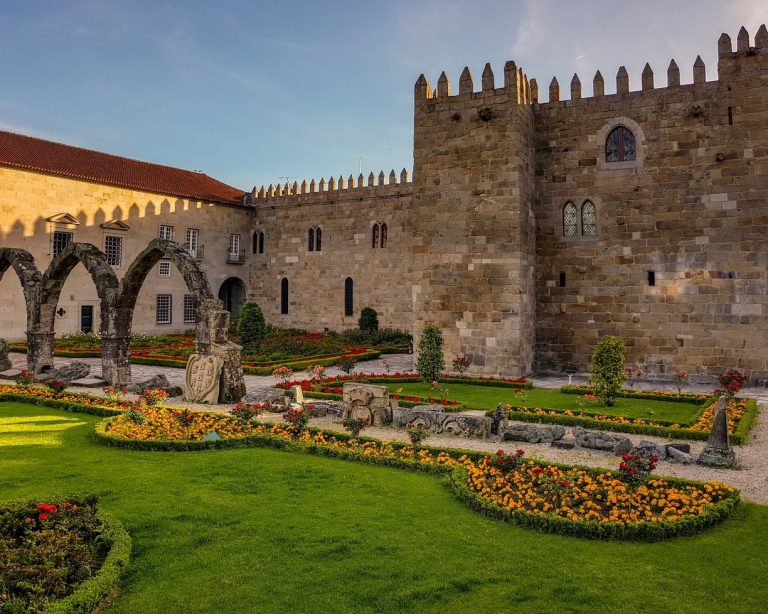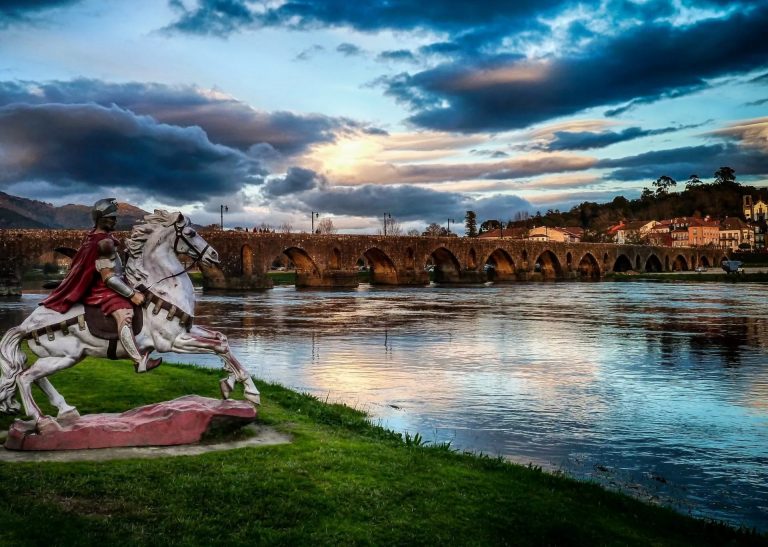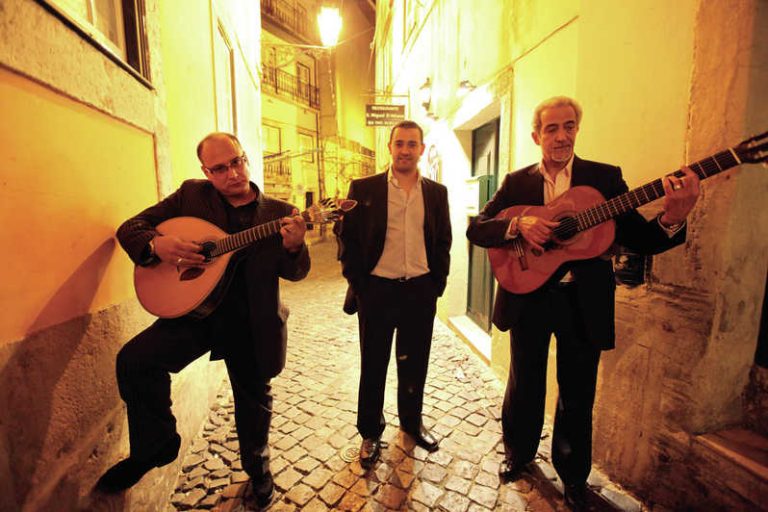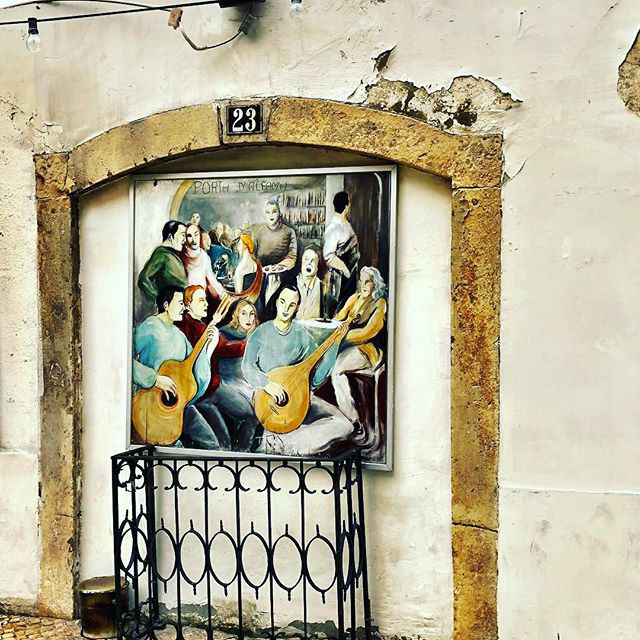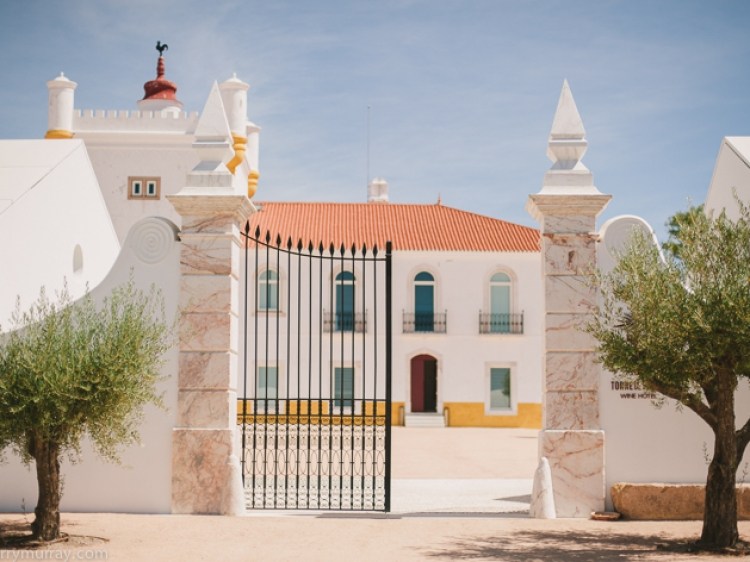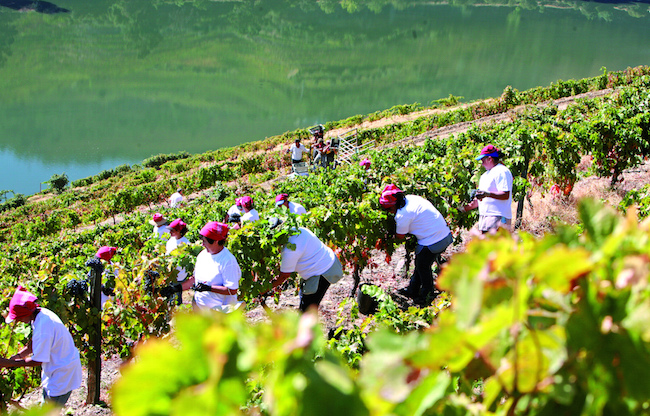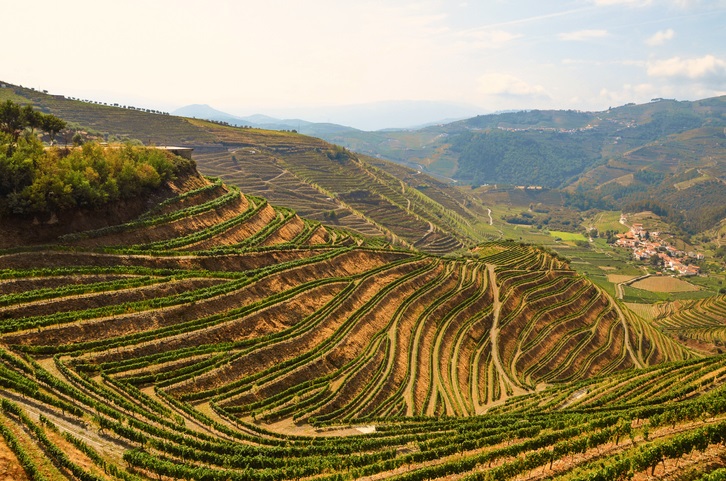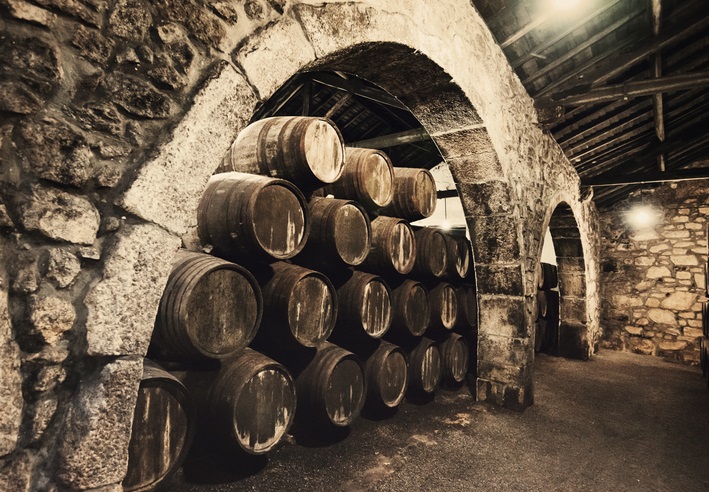Set against the ever-present backdrop of the Atlantic Ocean, the dainty sun-kissed city of Lisbon lives in a Latin fairytale of timeworn manners and traditions. Check out the century-old wooden trams and iron funiculars that still lurch and rumble their way through the city. Or witness the best of this bygone heritage by wandering through the Baixa district, where age-old herbalists, haberdashers and tailors rub shoulders in the baroque streets of the ornate city center.
Then, there is Porto, with its medieval heart, contemporary buzz, magnificent gold-leaf-laced churches. Portugal’s second city merits a visit at any time. Carved in two by the Douro river, downtown Porto has a faded sophistication, while the seaside suburbs have witnessed something of a renaissance in recent years, home as they are to a burgeoning collection of bars, restaurants and cafes, which offer an authentic slice of local life.
To the Southwest, find the Alentejo region, a landscape soft on the eyes and the senses. Sunlight slices through the cork trees. Pigs shuffle from one acorn (bellota) to another, foraging for the nutty flavor that gives Iberian ham its richness. Castles and churches dot the hilltops; they are relics from the past, yet they retain a power in the present. It’s shoulder season, and the streets are empty save for a couple of stocky men, with weathered faces and hands, walking home from the pub.
Then, there are Portugal’s islands. First, Madeira, which is NOT Ibiza. It attracts a more mature clientele, and raving is limited to enthusing about the island’s dramatic scenery and botanical wonders. Then, the Azores, floating in the Atlantic Ocean, some 850 miles from mainland Portugal. The islands are described as “the Hawaii of the Atlantic”.
